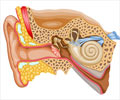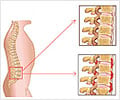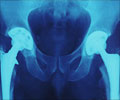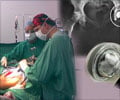Model of an 'endoprosthesis-skeleton' system developed by scientists, special attention was paid to the geometry and internal structure of hip bones.
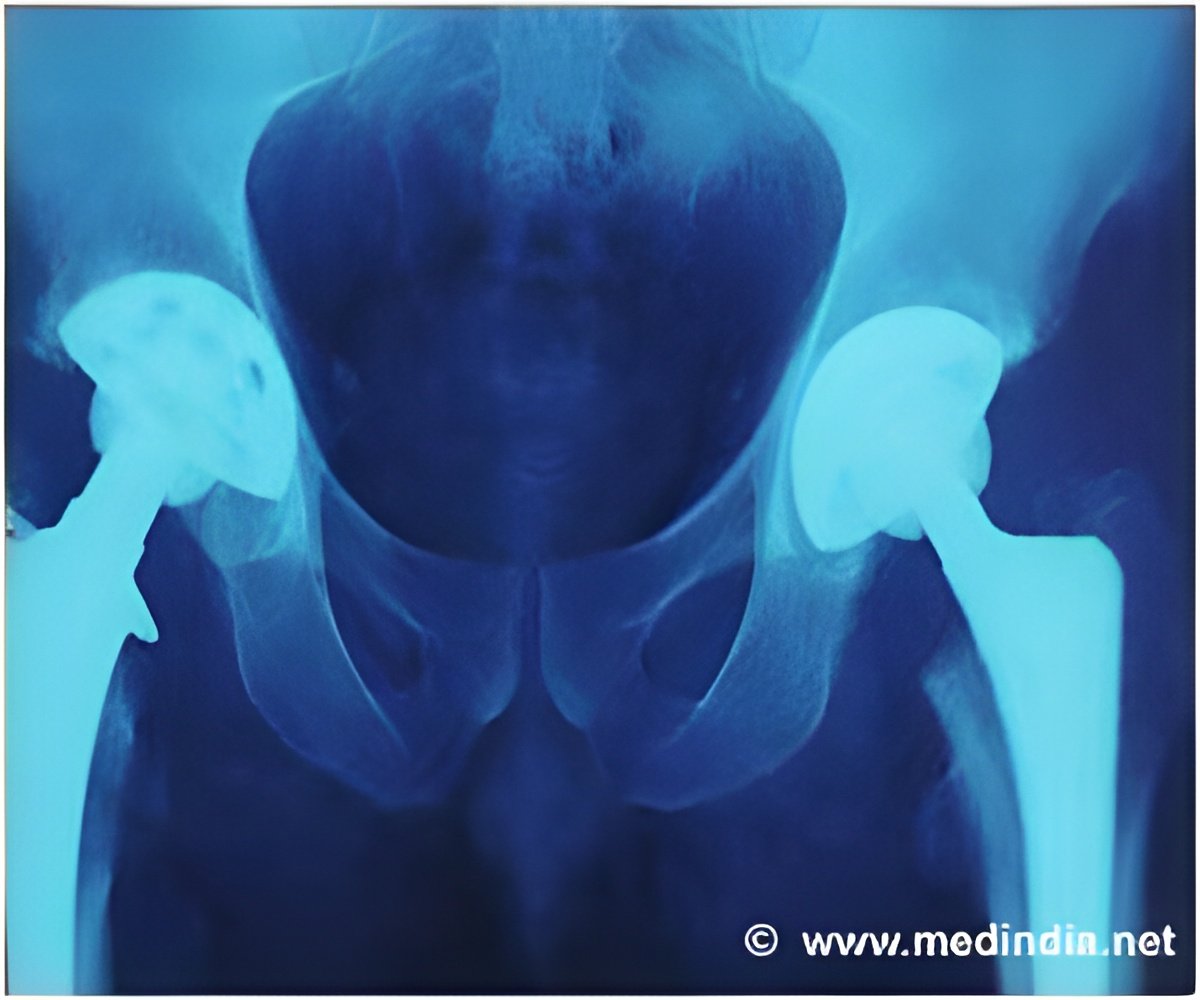
‘The work done by us as a practical test, the article described the load we put on the patient's skeleton and the implant as if they were tested in reality. Studies like this help reduce the risk of complications in patients with individually designed implants.’
Read More..




Special attention was paid to the geometry and internal structure of hip bones. Using advanced computer modeling technologies, the team assessed the integrity of the biomechanical structure for a typical case (a patient standing on two legs). Currently the team is working on a methodology that would reduce the time of such analysis to several days. The results of the study were published in the Vibroengineering PROCEDIA journal and presented at the 12th All-Russia Congress on Fundamental Issues of Theoretical and Applied Mechanics.Read More..
Hip joint arthroplasty is a relatively common procedure today. During arthroplasty the upper part of a patient’s hip bone is replaced with a metal stem with a spherical joint element, and a cup to allow the head of the joint to rotate inside the pelvis. Medical companies manufacture standard elements with different parameters for ordinary hip replacement operations.
However, after some time a certain share of patients experiences issues with implants and requires their replacement. As a rule, this happens due to the insufficient (or excessive) load the endoprosthesis puts on the hip bone causing its tissue to change. Moreover, bone strength can be affected by osteoporosis and other diseases. By the time of the second surgery (the removal of the initial implant and the installation of a revision one) a part of the hip bone becomes unfit as it is unable to bear the load.
Therefore, when a patient comes to a secondary operation with a damaged hip bone, standard implants are of no use for them, and a regular cup (even if it is of a bigger size) might not work.
The manufacturers produce special sets of elements that can be combined with each other in different ways to be used in revision operations as well as in patients with compound fractures or cancer. However, such surgeries have high risk rates: any issue with a revision structure or additional bone tissue loss may cause grave health issues. It is extremely important to understand if the prosthesis is able to bear the load, and if the damage to the patient’s bone can be avoided.
Advertisement
A team of engineers from the Advanced Manufacturing Technologies Center of the National Technology Initiative (NTI) of Peter the Great St. Petersburg Polytechnic University (SPbPU) analyzed the integrity of an "endoprosthesis-skeleton" system for a case of hip joint revision arthroplasty and assessed the durability of the implanted structure and pelvis bones, as well as the distribution of load when a patient stands on two feet.
Advertisement
Other groups tend to entirely ignore pelvic bones in their studies or to consider only their simplified models. However, in this case the researchers paid special attention to detailed description of pelvic bones including their external and porous internal layers. This was done due to the fact that the pelvis is often at risk in its entirety. "If we consider the work done by us as a virtual test, the article described the load we put on the patient’s skeleton and the implant, as if they were tested in reality.
Studies like this help reduce the risk of complications in patients with individually designed implants. Hopefully, they would help prioritize prevention over cure," commented Mikhail Zhmaylo, a lead engineer at the Advanced Manufacturing Technologies Center of the National Technology Initiative (NTI) of Peter the Great St. Petersburg Polytechnic University (SPbPU)
Source-Eurekalert


